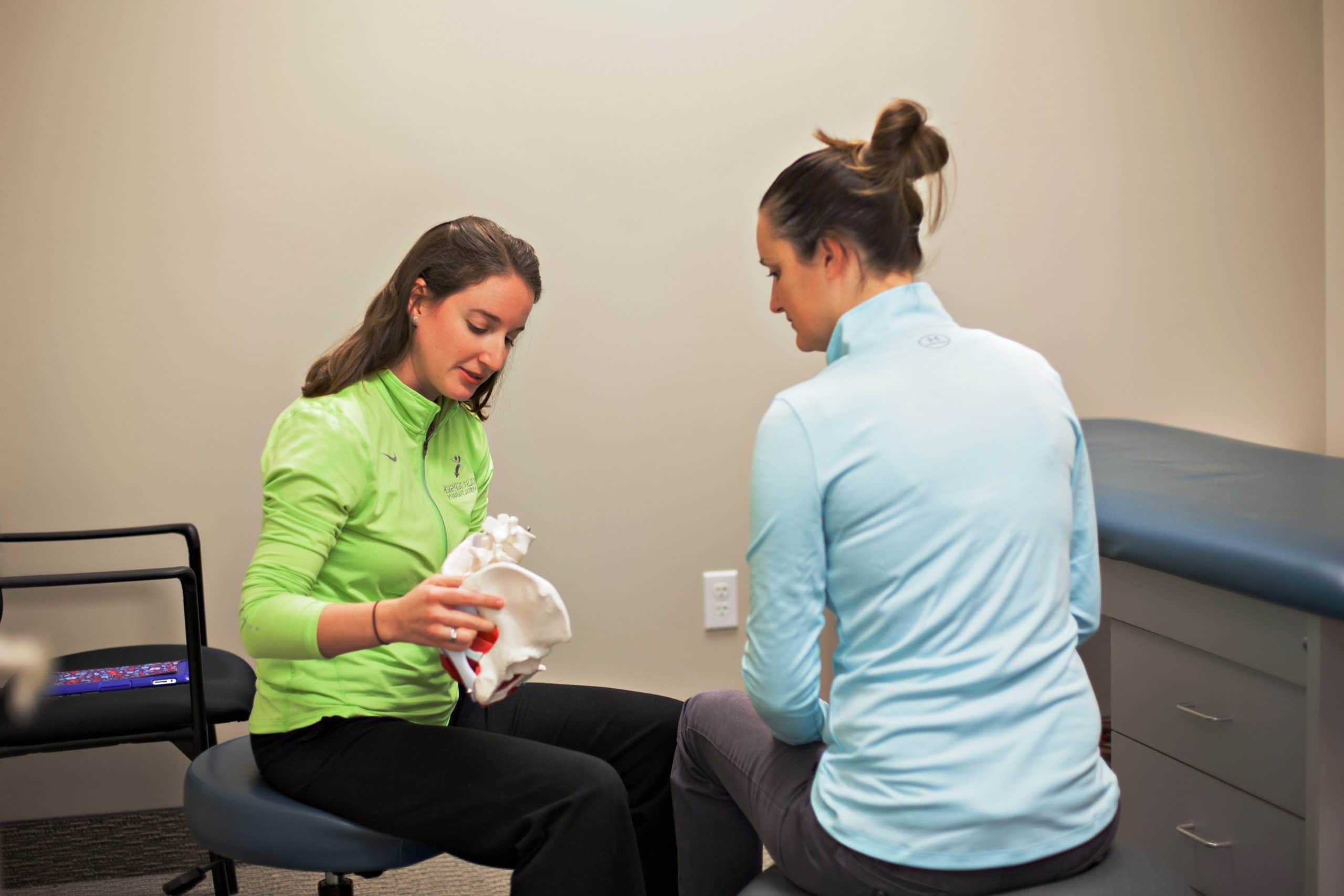The Pelvic Floor and Pregnancy
 So, what is the deal with the pelvic floor anyway. Ever wonder what people are talking about when they say “pelvic floor dysfunction?” The pelvic floor is a term that more and more people are talking about in health and wellness circles today, however, a lot of people might not know what exactly we are referring to, or why it is significant. My goal is to educate people on the pelvic floor, what happens to it during the miraculous journey of pregnancy and delivery, and what can result due to trauma of the pelvic floor. I would love for this to inspire women to seek care and get the help they need to live their best life!
So, what is the deal with the pelvic floor anyway. Ever wonder what people are talking about when they say “pelvic floor dysfunction?” The pelvic floor is a term that more and more people are talking about in health and wellness circles today, however, a lot of people might not know what exactly we are referring to, or why it is significant. My goal is to educate people on the pelvic floor, what happens to it during the miraculous journey of pregnancy and delivery, and what can result due to trauma of the pelvic floor. I would love for this to inspire women to seek care and get the help they need to live their best life!
The pelvic floor is a group of muscles and fascia that line the floor of the pelvis. It is kind of like a hammock that supports our pelvic organs. There are both deep and superficial muscles. The deeper muscles are collectively referred to as the levator ani muscles. They support our pelvic organs, participate in load transfer through the pelvis girdle and lumbar spine, help maintain bowel and bladder control, and aide in sexual function. When the muscles are weak, torn, or over-active, it is called pelvic floor dysfunction.
During pregnancy they have to support an increased weight load while also trying to keep stability in the pelvis. There is an increase in laxity in the pelvic ligaments due to the hormone relaxin being released to allow our pelvis to widen and prepare for delivery. That’s a big increase in demand. These muscles are also put under a significant stretch when we deliver a baby. One recent study measured the stretch on these muscles during a vaginal delivery to be 248%. YIKES! This can lead to levator ani muscle, fascial, and perineal tearing during delivery. One of the main nerves to the pelvic floor, called the pudendal nerve, can also be stretched to a point of damage during delivery.
You can probably imagine that damage to these structures can create some problems with the support of our pelvic organs, the control and continence of our bowel and bladder, and our sexual function. Although statistics vary, we do know that around 50% of post-partum women experience urinary incontinence and some will have fecal incontinence. 50% of women will also experience some form of pelvic organ prolapse, which is when the bladder, uterus, rectum, or vaginal vault fall into or even out of the vaginal canal. There can also be perineal tearing that may lead to lasting pain with intercourse if not treated properly.
In the past many women just dealt with the cards they were handed. That does not need to be the case anymore. There is HOPE. You do not need to live with these symptoms. While these things are common, they are NOT normal. You should not have lasting urine leakage after having a baby, you should not have lasting pelvic pain, pain with intercourse, or back pain after having a baby. We are here to help you rehabilitate your pelvic floor. You would seek PT after having a knee surgery, and just like we work on a knee post-operatively with scar mobility, stretching, strengthening, and ROM, we can do the same thing for your pelvic floor. I believe it should be just as recommended to get PT post-partum as it is to have PT after a knee surgery. A therapist trained in pelvic floor physical therapy can help you improve your pelvic floor flexibility, re-train the pelvic floor muscles with strengthening, help you learn proper core activation, teach you how to relax your pelvic floor muscle, and release any scar tissue that is painful. Mommas, you are worth it!! Take the time to care for yourself so you have the best YOU to give to others.
One of our trained pelvic floor PT’s can assess your pelvic floor with your consent, ensuring your privacy, comfort, and confidentiality. We will design a treatment program specific to your needs and desired goals. Make the first step and contact us today.
